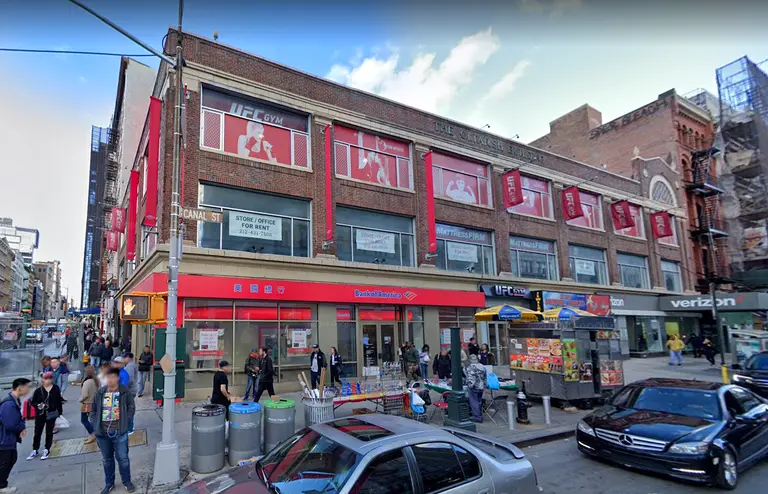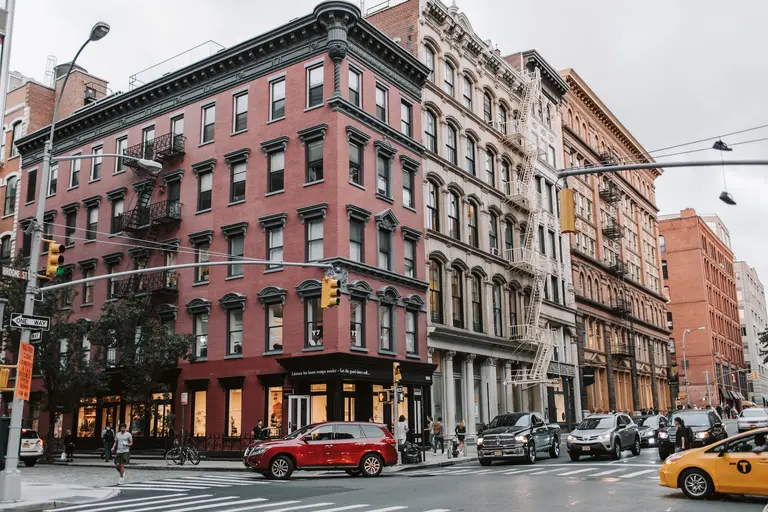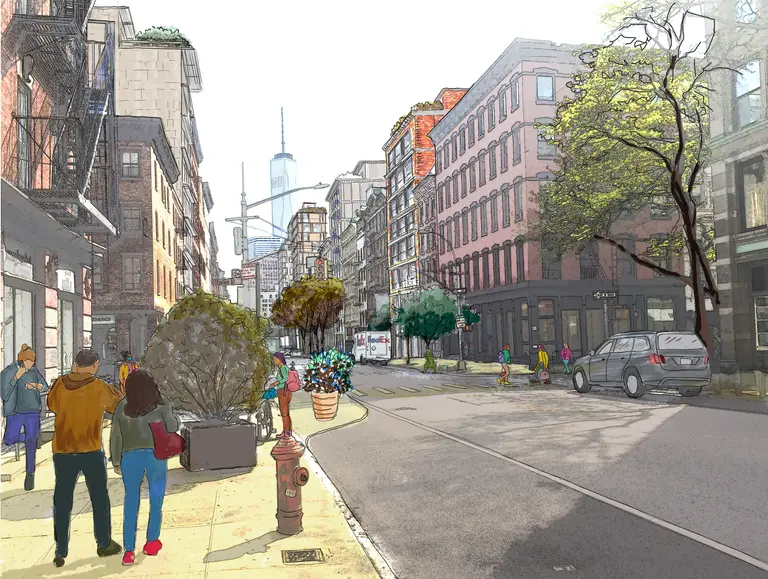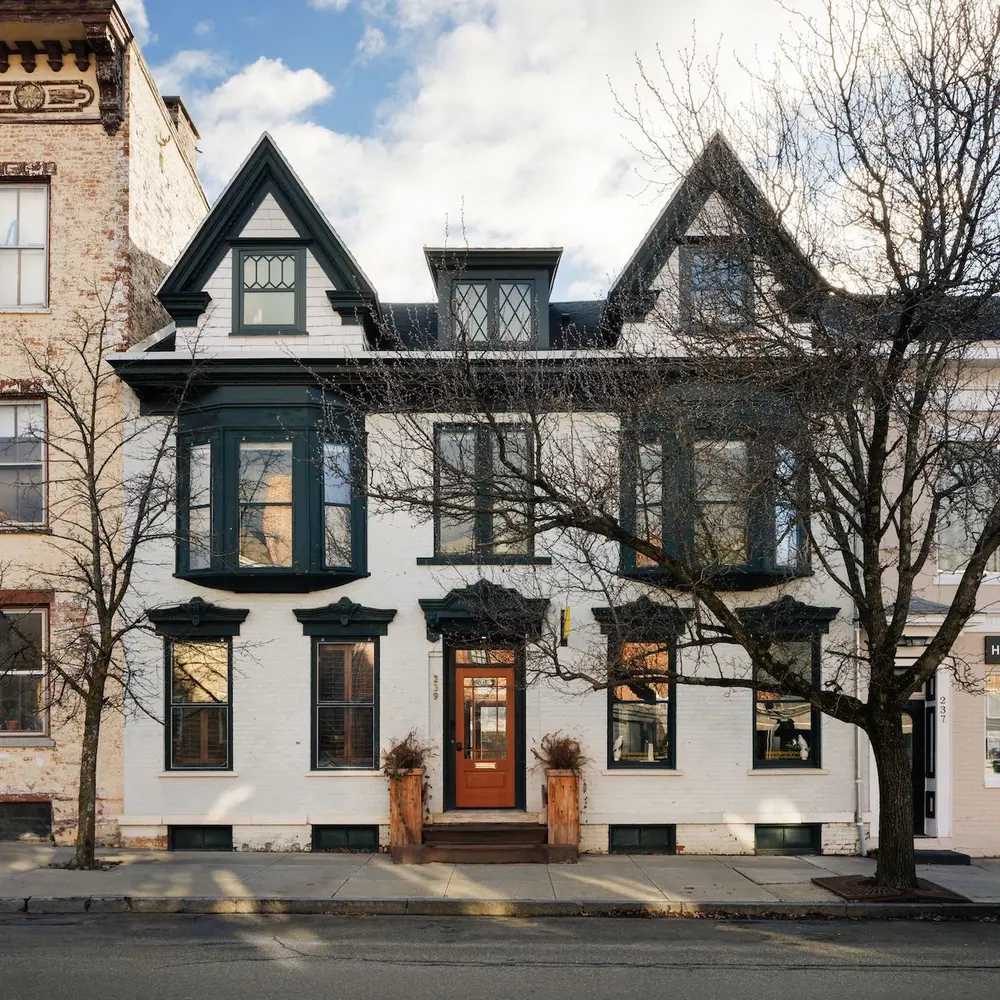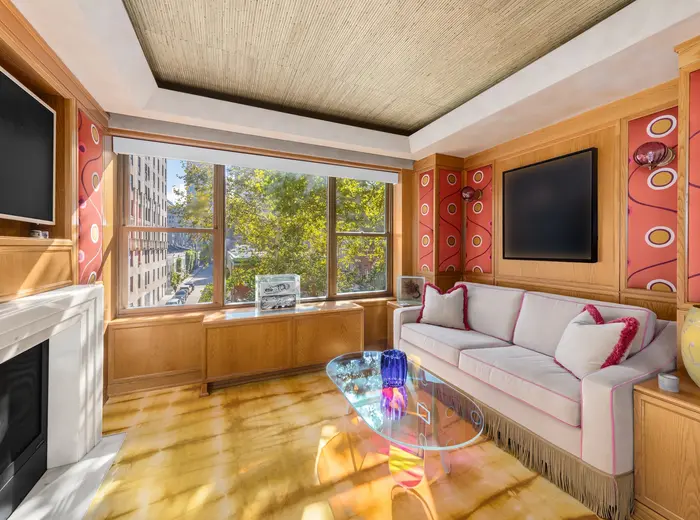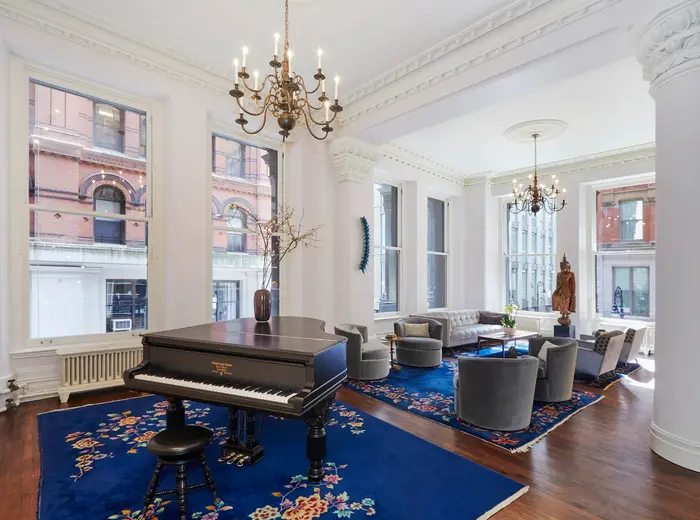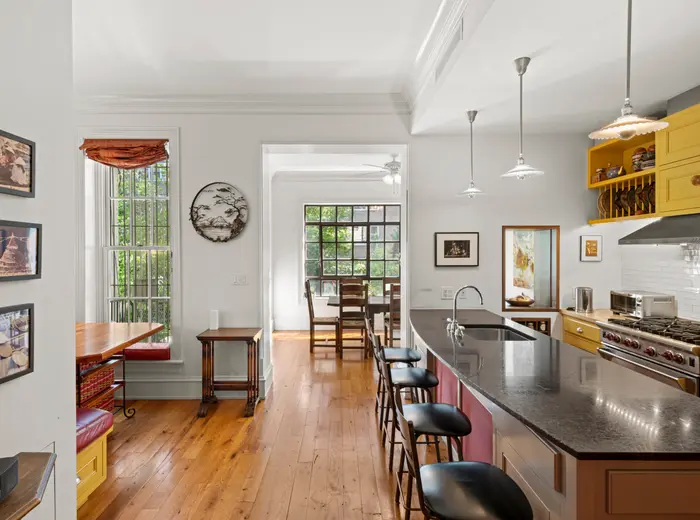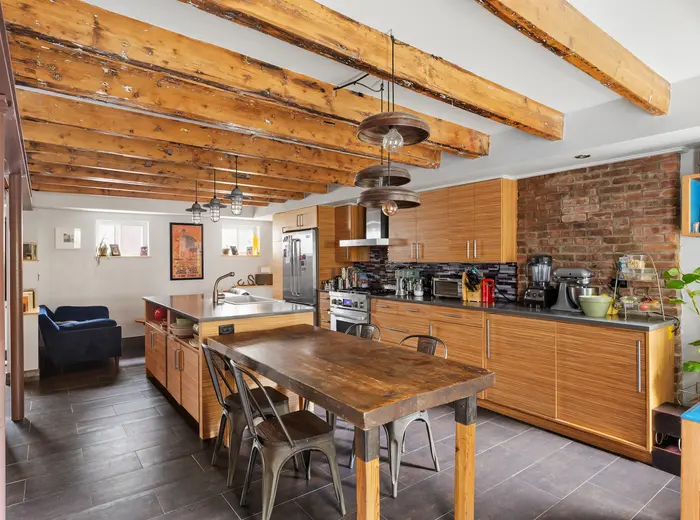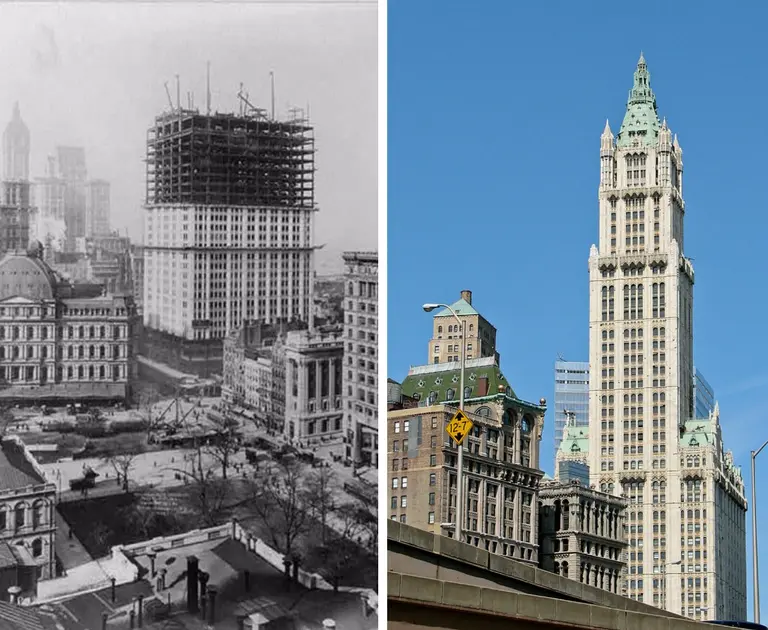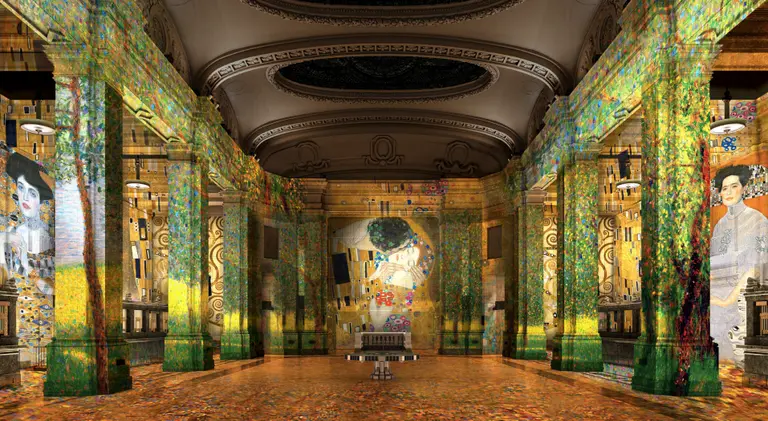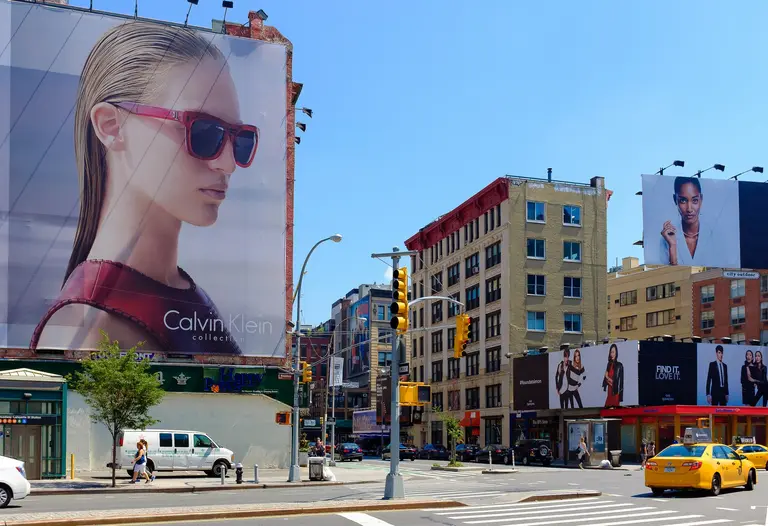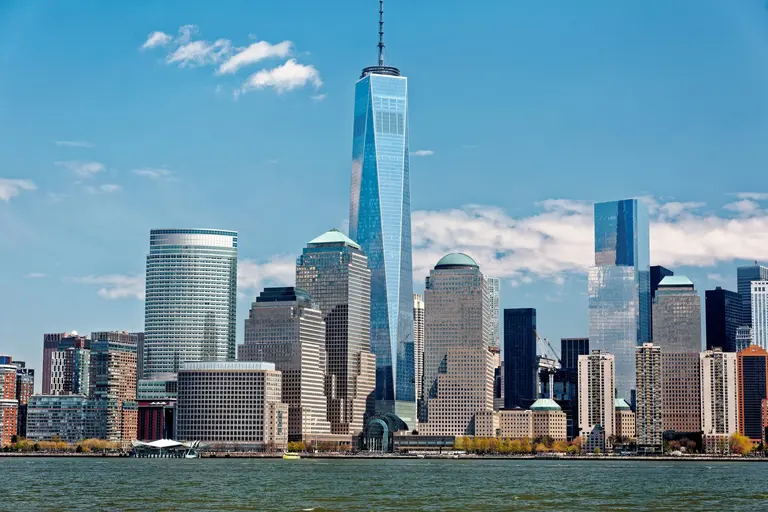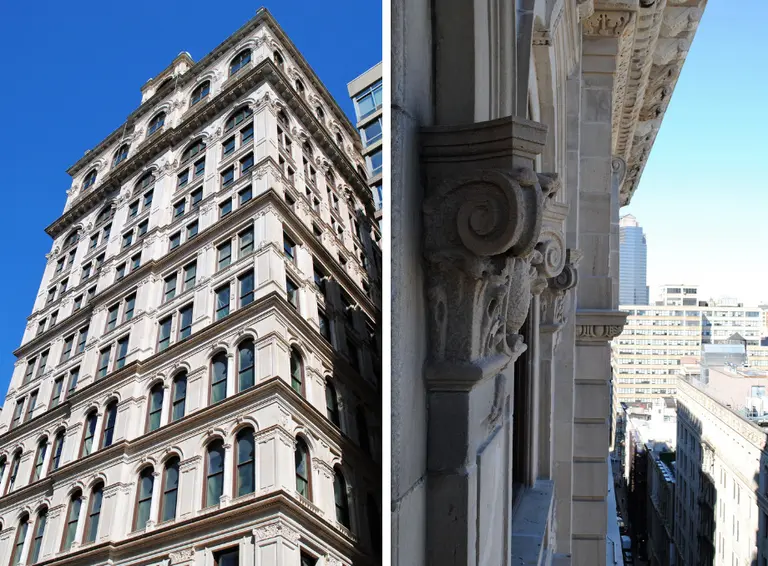Downtown’s historic glass sidewalks will be saved after Landmarks reverses rule changes
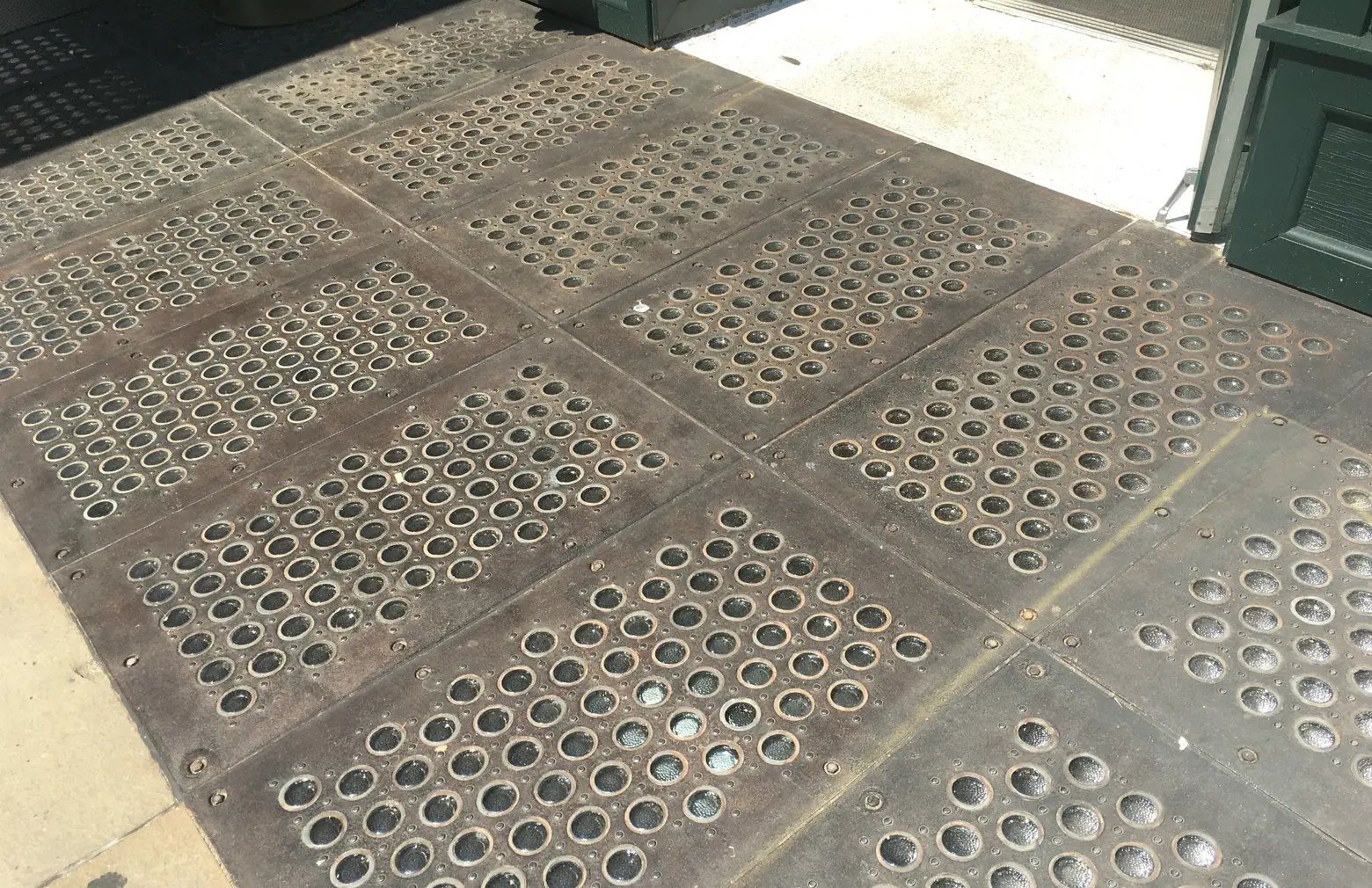
Vault lights in Soho, via WooJin Chung for 6sqft
“Viva Vault Lights!” wrote the Historic Districts Council in response to the Landmarks Preservation Commission’s decision to backpedal on its rules amendments, which called for “more oversight by LPC staff but less time for public review” in proposals for alterations to historic buildings. HDC’s celebratory sentiment is in response to one of the now-moot stipulations that Soho and Tribeca’s vault lights–historic, industrial-era sidewalks made from small circular glass bulbs–could be removed by building owners and replaced with modern sidewalks.
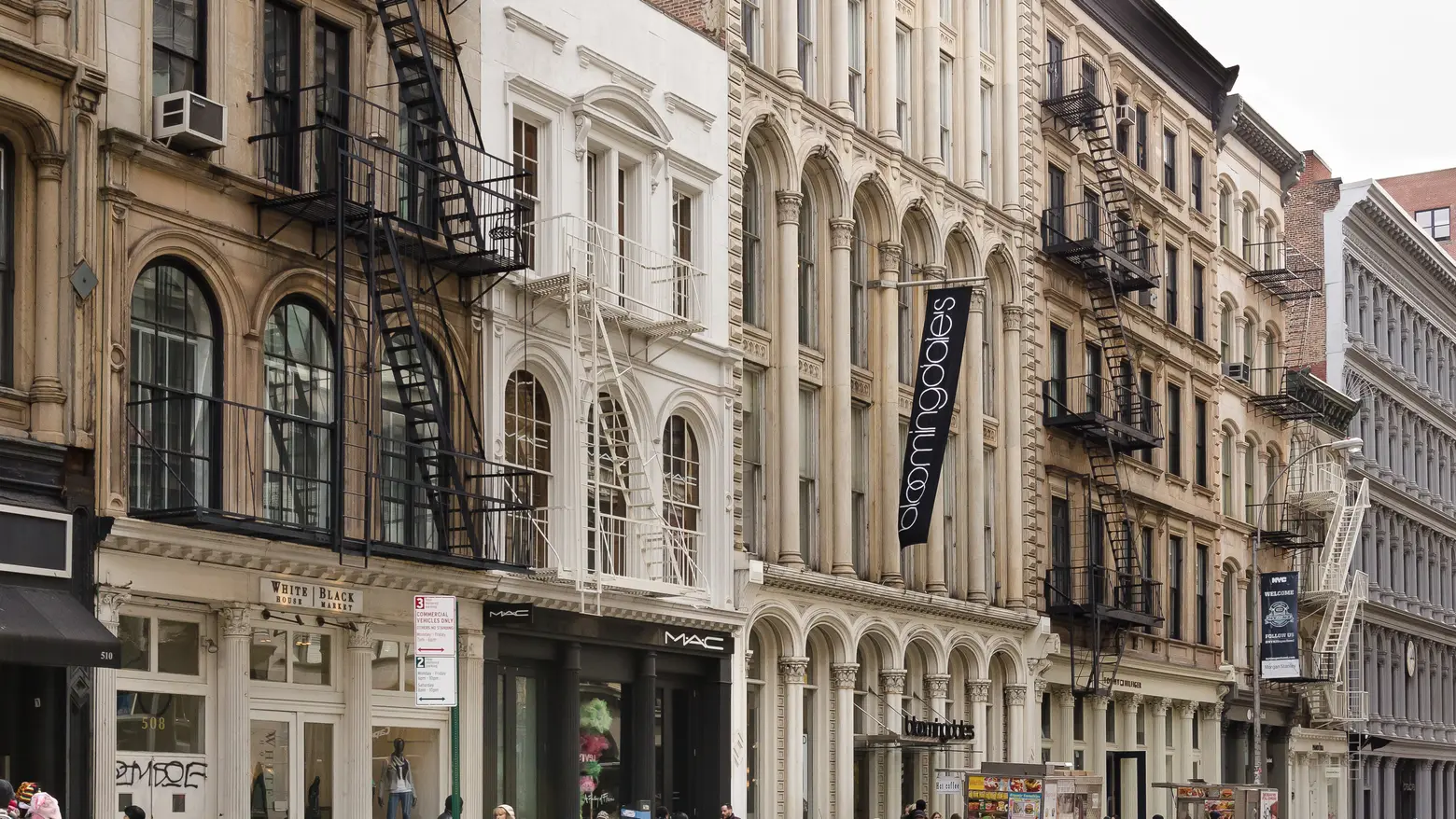 Soho cast-iron storefronts via CityRealty
Soho cast-iron storefronts via CityRealty
When the LPC first proposed the new rules earlier this year, they said it would streamline the application process and improve transparency. As 6sqft previously explained:
One way to do this would be to allow fewer applications to go through the public-review process, which can take up to eight weeks and involve lengthy presentations to the commission and the community board. To save time, LPC wants their staff to solely look at items that typically are approved. In the amended rules, LPC staff alone could approve alterations to historic buildings like the replacement of windows in landmarked districts, the removal of steps and the lowering of doors.
With the opportunity for outside testimony limited, preservation groups and several elected officials criticized the proposal for its lack of public process. Following the backlash, LPC commissioner Meenakshi Srinivasan announced she would step down from her post, effective as of today, just three days after the LPC decision to roll back its rule changes.
The major points that will now not take effect are:
- Removing amendments to rooftop and rear yard addition rules and allowing them to be reviewed at staff-level
- Prioritizing repairs with substitute materials instead of replacement with in-kind materials
- Lessening provisions for window replacement to match the historic ones at visible secondary facades
- Amending the codification of no-style/non-contributing buildings
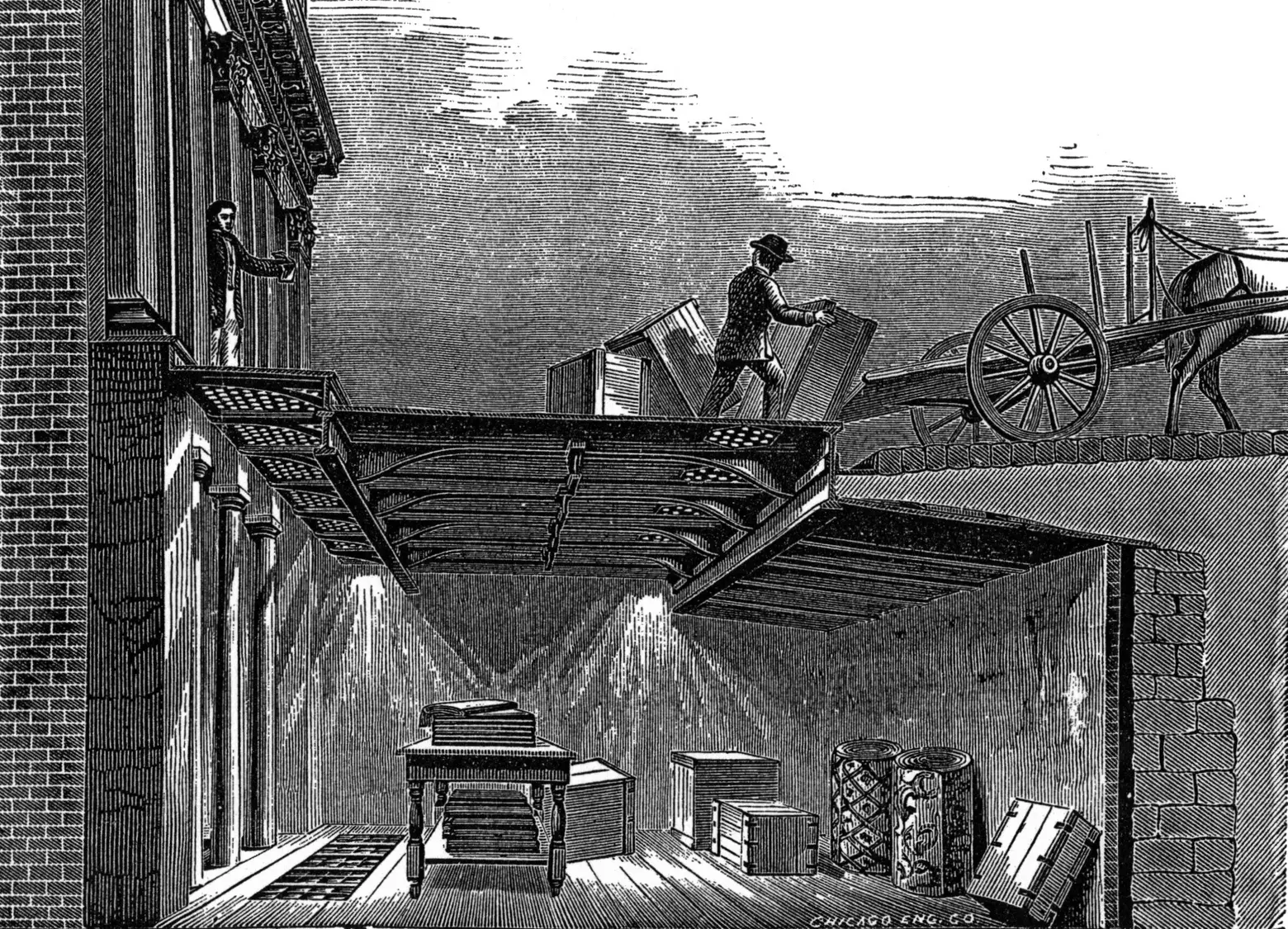 An 1880 broadsheet advertising “Hyatt’s Patent Illuminating Tiles.” Courtesy of Ian Macky/Glassian.
An 1880 broadsheet advertising “Hyatt’s Patent Illuminating Tiles.” Courtesy of Ian Macky/Glassian.
And of course, a provision for the removal of cast iron vault lights has also been removed. As 6sqft explained, “These skylight-like sidewalks first came about in the 1840s when these neighborhoods were transitioning from residential to commercial and when their signature cast-iron buildings first started to rise.” Most of the factories were located in basements, and since there was still no electricity at the time, sky-lit sidewalks helped to illuminate the subterranean spaces. Streamlining the design, in 1845 abolitionist and inventor Thaddeus Hyatt created “Hyatt Patent Lights,” round glass pieces set into cast iron sidewalks. Since they were actually lenses, “their underside had a prism attached to bend the light and focus it to a specific underground area.”
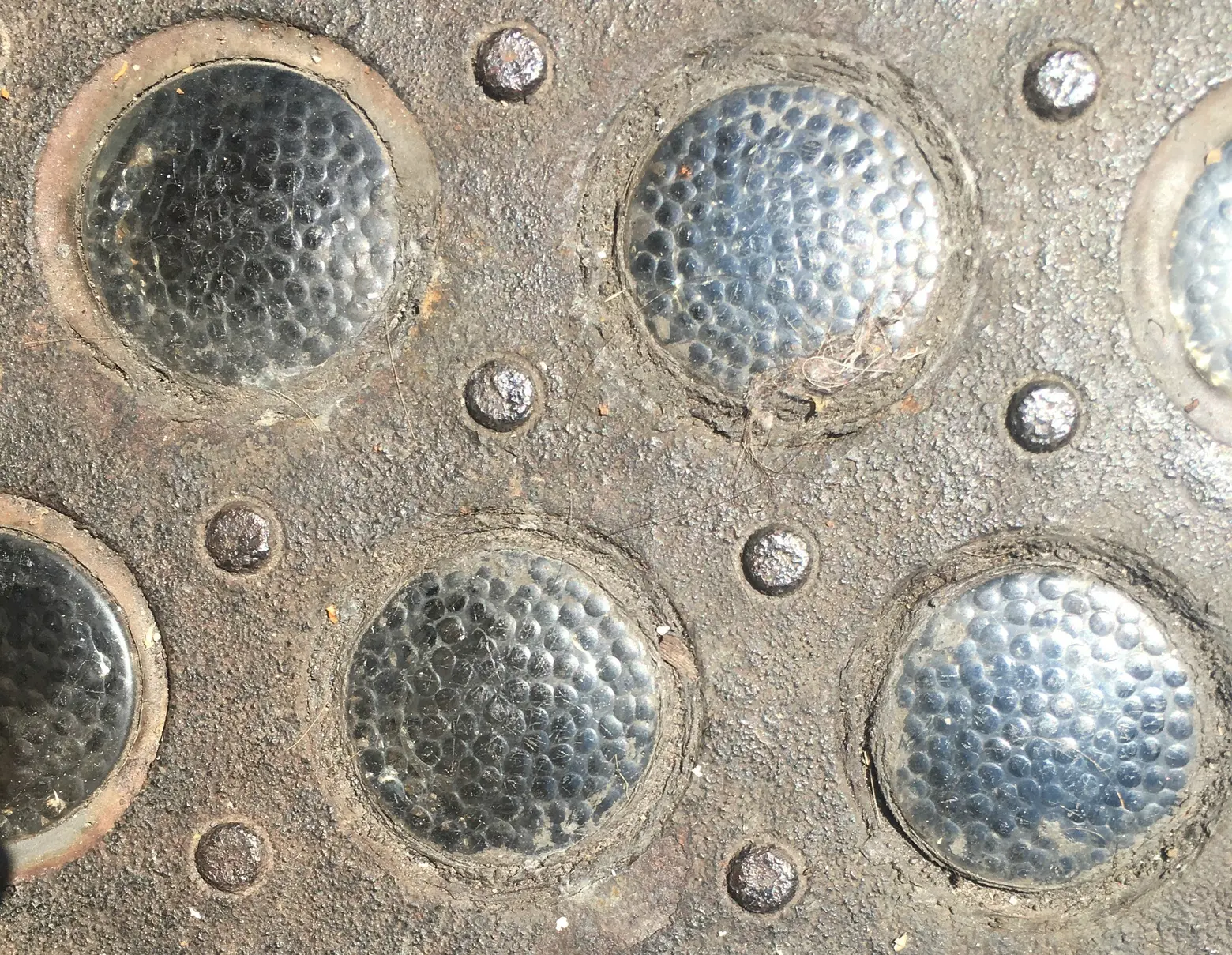
Over the years, some building owners have filled their vault lights in with concrete or stone when the metal frames corroded. But for landmarked buildings, the LPC’s amendments would have permitted staff to approve the removal of exposed vault lights that are deteriorated beyond repair if no other vault lights exist on the same side of the block, replacing them with “diamond plate steel or concrete/granite to match the adjacent sidewalk.” For covered, deteriorated lights, owners would have been given the choice to repair them or remove them altogether, which HDC felt “would remove all incentive for applicants to replicate this historic detail.”
The LPC still needs to formally vote on the amended rules; Tuesday’s hearing was strictly a briefing. A date for the official vote has not yet been set.
RELATED:
- Downtown’s historic glass sidewalks may become a lost relic
- Soho and Tribeca’s windowed sidewalks provided light to basement factory workers before electricity
- After regulation overhaul, Landmarks Preservation Commission head announces resignation
- Overhaul of Landmarks rules faces criticism from preservation groups

